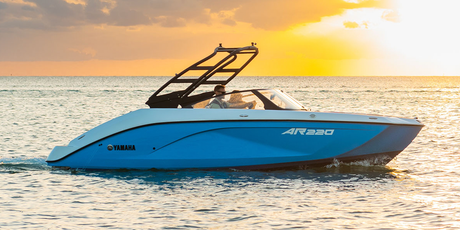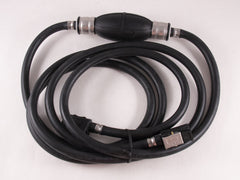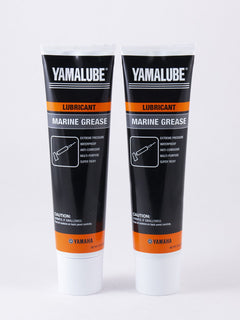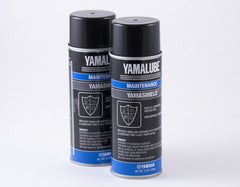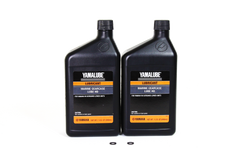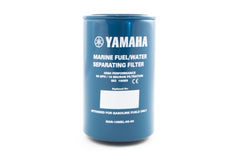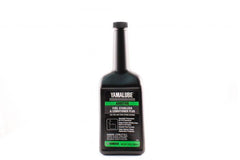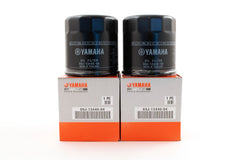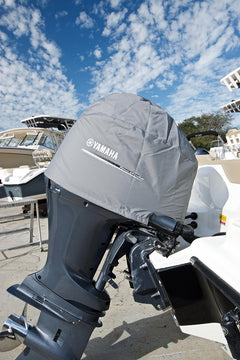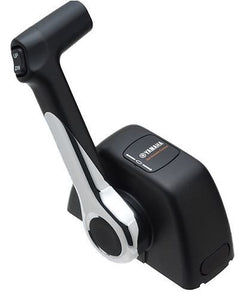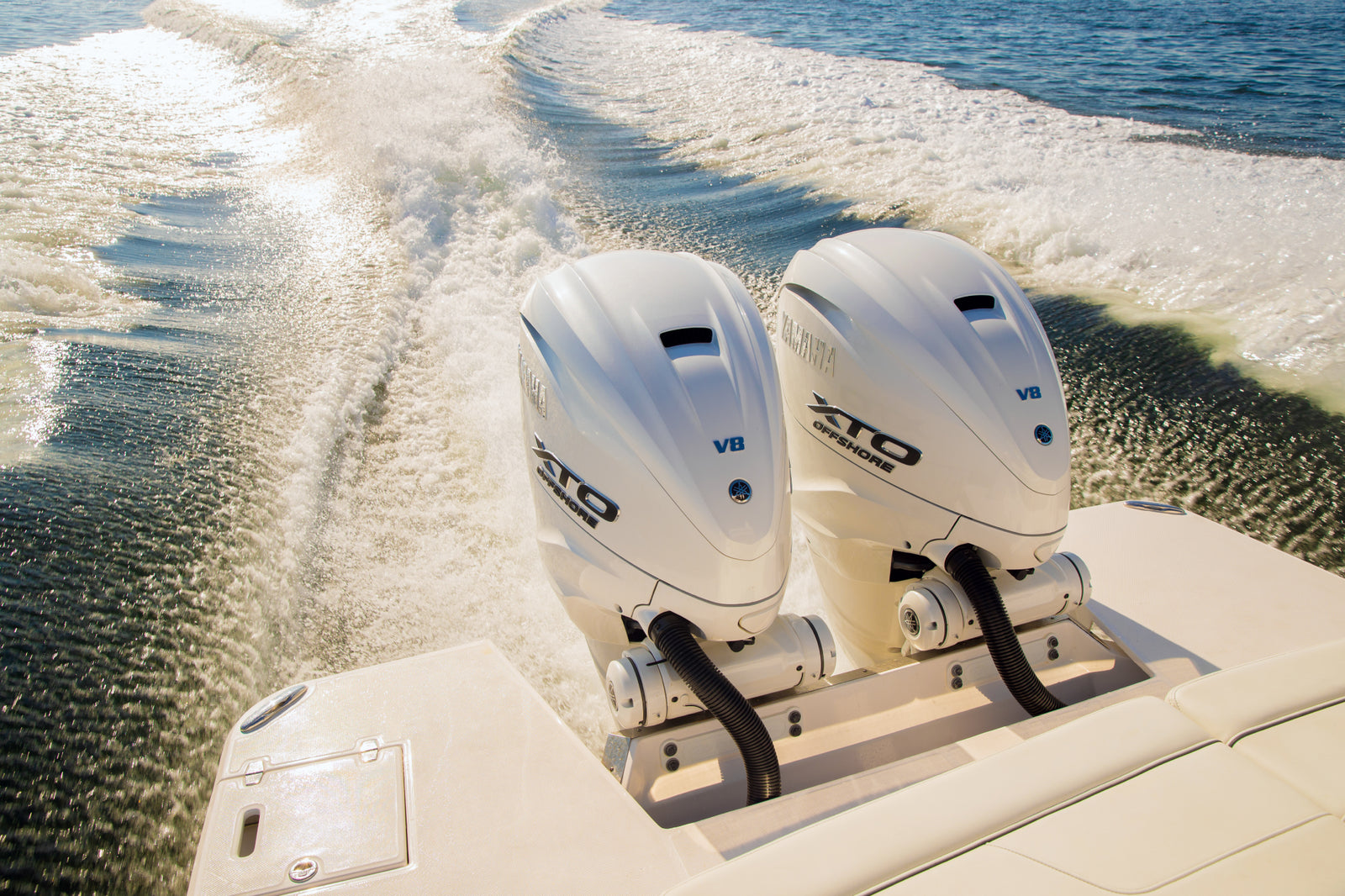
To ensure your Yamaha outboard motor runs smoothly and lasts longer, proactive and regular visual inspections are essential, rather than just fixing problems when they occur. This detailed guide will explain the importance of visual inspections, how frequently they should be performed, and what specific aspects you should examine during the process.
Why Is It Critical to Visually Inspect Your Yamaha Outboard?
Regular visual inspections are essential for maintaining your Yamaha outboard motor's longevity and peak performance. This vital routine helps detect issues early and extends the motor’s life, ensures top performance, maintains safety standards, and enables prompt repairs and replacements. By consistently conducting these checks, you protect your investment and guarantee smooth operation.
-
Detect Issues Early
Regular visual inspections of your Yamaha outboard motor help you identify potential issues early, such as oil leaks, worn belts, or damaged anodes. Addressing these problems early can prevent more severe and expensive issues later, keeping your motor in optimal condition.
-
Extend the Your Yamaha Outboard Motor’s Life
Regular inspections of your Yamaha outboard motor ensure each component is in good working order. This careful monitoring helps reduce premature wear and tear, extending the motor's lifespan. As a result, your Yamaha outboard motor will remain a reliable partner for your boating adventures for many years.
-
Facilitating Optimal Performance
Keep your outboard motor performing at its best with regular visual inspections. This careful attention to detail ensures smoother operation, improved fuel efficiency, and enhanced functionality, delivering an unparalleled boating experience every time.
-
Maintain Safety Standards
Regularly inspecting all components of your Yamaha outboard motor to ensure they are secure and functioning properly helps maintain high safety standards. This practice reduces the risk of accidents or injuries caused by malfunctioning parts, ensuring a safer boating environment for you and your passengers.
-
Identify Needed Repairs and Replacements
Regular visual inspections allow for the timely detection of needed repairs and part replacements. This proactive strategy prevents issues from worsening and helps avoid costly, extensive repairs down the line. Yamaha Online Parts carries the entire catalog of Yamaha outboard parts you need to perform any job.
How Frequently Should You Visually Inspect Your Yamaha Outboard Engine?
The frequency of visual inspections for your Yamaha outboard motor should be based on how often you use it and the environmental conditions it's exposed to. As a rule of thumb, conduct a thorough visual inspection at least twice a year—before any significant trips and after extended periods of storage.
If you frequently operate in harsh saltwater environments, you should perform checks more frequently to address corrosion and salt accumulation. Always consult your Yamaha outboard motor's manual for specific guidelines on inspection and maintenance schedules to ensure your engine gets the care it needs for smooth and optimal performance.
Visual Inspection of a Yamaha Outboard Motor In 8 Easy Steps
-
Inspect the Inside Pan
Once you've removed the cowling of your Yamaha outboard motor, begin by examining the inside pan. Check for any accumulation of oil or water in the pockets, as these could signal underlying problems. Conducting a detailed visual inspection of the pan is crucial for early detection of oil or salt buildup, which helps avert more severe issues later. Employ a flashlight to ensure you get a clear view deep into the pan.
-
Survey the Interior
Carry out a visual inspection of the interior, checking for any signs of dirt, damage, or wear. Maintaining a clean and well-kept interior is essential for optimal performance and extended lifespan. Make sure all parts are intact and properly secured, and promptly replace any damaged or missing components.
-
Look at Your Belts
Raise and visually inspect the belts to ensure they are in good condition and properly tightened. Yamaha advises checking the belts every 500 hours to confirm they are not worn or loose. To test the belt's tension, try twisting it; it should not twist too easily. Maintaining the correct belt tension is crucial for smooth engine operation, preventing slipping or overheating.
-
Ensure There Are No Oil Leaks
Check under the cam seals for any signs of oil leakage. Oil in this area could suggest a problem with the seals, and it's important to fix such leaks promptly to avoid further damage and maintain efficient engine operation. After cleaning the area thoroughly, keep an eye out for any new signs of oil which could indicate ongoing issues.
-
Review the Bottom Seals
Tilt up the motor and meticulously examine the bottom seals for any signs of oil accumulation or dripping. The presence of oil may indicate damage or wear to the seals. Ensuring that the seals are intact and functioning correctly is crucial to preventing oil leaks and protecting the motor's internal components, which helps ensure its reliable and smooth operation.
-
Check Anodes
Inspect your Yamaha anodes to ensure they are not excessively corroded or crusty. If the anodes are in poor condition, replace them immediately to avoid corrosion. Regularly checking and maintaining the anodes is crucial for preserving the motor's condition and ensuring its longevity.
-
Examine the Prop Shaft
Rotate your Yamaha outboard propeller and check that the dowel in the center remains steady without wobbling. A stable, non-wobbling dowel is critical for the propeller's efficient functioning, enhancing the motor's overall performance. Any issues with the prop shaft should be addressed immediately to maintain the safe and effective operation of the motor.
-
Do You Need Service?
If the visual inspection reveals potential issues, arrange for more in-depth maintenance. This may include tasks such as replacing water pumps, inspecting Yamaha outboard thermostats, and changing anodes when necessary. Consistent and timely maintenance is essential to ensure the outboard motor operates efficiently and to extend its lifespan.
Protect Your Yamaha Outboard Motor for Years to Come
In conclusion, conducting regular visual inspections of your Yamaha outboard motor is crucial for its durability and safety. These thorough checks help identify and rectify minor issues before they become significant problems, ensuring your motor performs optimally. This routine of diligent maintenance safeguards your investment and improves the quality and enjoyment of your boating experiences.
Yamaha Online Parts is here to support you with all of the Yamaha outboard parts you need to keep your engine operating at its peak performance.
**Note**
Always refer to your engine's owner's manual for specific instructions and information related to your engine. If you need clarification on any issues that surface during your visual inspection, it's advisable to consult a Yamaha-certified mechanic.


